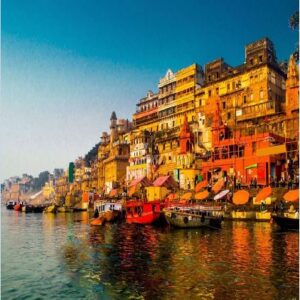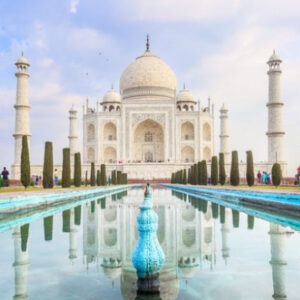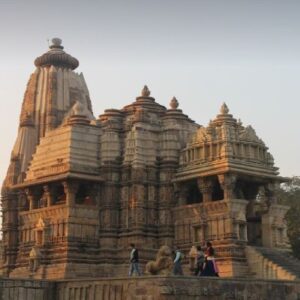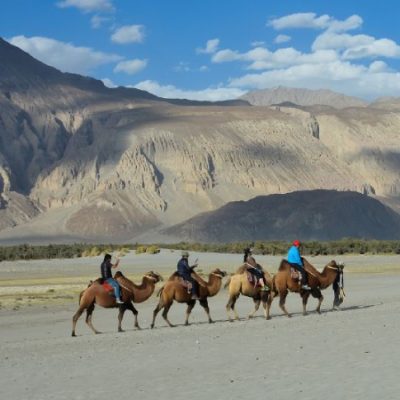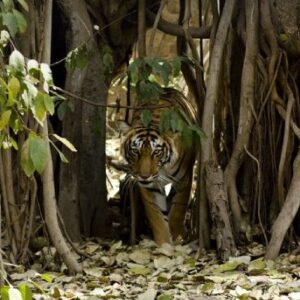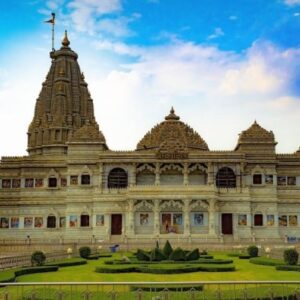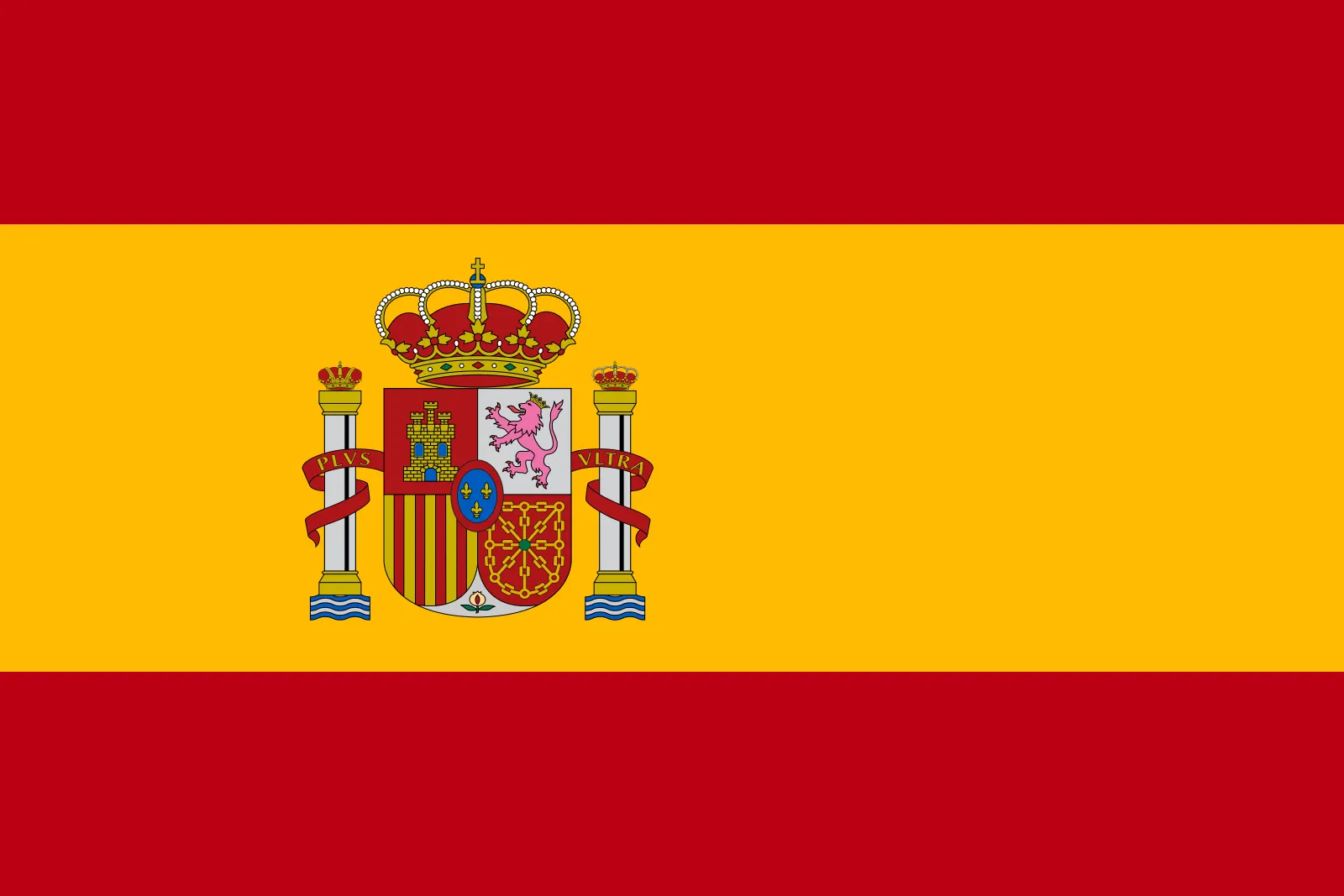Golden Triangle With Varanasi
Exploring the Golden Triangle with Varanasi, Ranthambhore, Vrindavan, Khajuraho
A travelling program that can be offered is to explore the Golden Triangle in India along with Varanasi, Ranthambhore, Vrindavan and Khajuraho destinations. Ciao India Tours are ready to help you discover the spiritual side of India, the beauty of wildlife or go deep into India’s cultural exploration. Come and join us on this amazing trip right through the heart of India.
Why Ciao India Tours for Golden Triangle Tours?
There are no better companions when it comes to the discovery of the insanely popular ‘Golden Triangle’ than Ciao India Tours. India Travel Services’ tour operating specialists provide you with the organised flair for professionally arranged customised tours to India. Here’s why you should book with us: Here’s why you should book with us:
Tailored Itineraries: We create programs depending on your desire giving you a feel of the kind of holiday you desire.
Experienced Guides: Our experienced guides give relevant information making your trip more historical and cultural.
Seamless Logistics: We organize all the traveling aspects right from transport to the Computers accommodation so that you can simply enjoy the trip.
Local Insights: In this capacity local tour operator you get the unique and personalized guide which you cannot get elsewhere.
Golden Triangle with Varanasi
Visiting Varanasi with the Golden Triangle tour not only compliments the tour but also presents the visitors with the religious facet of India. Varanasi is one of the oldest surviving cities in the world; it is famous for the ghats and temples. Key experiences in Varanasi include: Key experiences in Varanasi include:
Ganga Aarti: It is very moving if one is privileged to watch the evening prayer ceremony on the Ganges.
Kashi Vishwanath Temple: Being one of the well-known Hindu devotees temples to Lord Shiva getting its popularity from the film about shiva’s trident.
Boat Ride on the Ganges: Boat ride in the morning is also very beautiful particularly the view of the ghats and the devotees’ activities.
Golden Triangle with Ranthambhore
Wildlife Adventure The best approach for the wildlife lovers is to consider the Golden Triangle along with Ranthambhore National Park as one gets an exciting chance to see the Royal Bengal tigers in their natural habitat. Highlights of Ranthambhore include:
Tiger Safaris: Safaris in jeeps are suggested for wildlife viewing of tigers, leopards and many more.
Ranthambhore Fort: This fort that is part of world heritage site provides some history of the area and a breath taking view of the park.
Bird Watching: The park is ideal for bird watching with many kinds of birds most of which are migratory birds.
Golden Triangle with Vrindavan:
Vrindavan the place of Lord Krishnaian is one of the most suitable to be added in the list for spiritual and devotional self. Major attractions in Vrindavan include:Major attractions in Vrindavan include:
Banke Bihari Temple: Probably one of the most significant temples of lord Krishna in the country.
ISKCON Temple: It is an intricately designed temple with a rather colorful spiritual setting.
Prem Mandir: A huge temple some of the statues are carved and during night they illuminate the temple.
Golden Triangle with Khajuraho:
The historical site of Khajuraho that is now well-known for the temples with graphic carvings is also worth visiting. Key sites in Khajuraho include:Key sites in Khajuraho include:
Western Group of Temples: Regarded as the most popular temple site in the country, it is arguably one of the most outstanding concerning the excellent work of great carving skills and architectural designs.
Kandariya Mahadeva Temple: The largest and the most exuberant of all temples of the Khajuraho group of temples.
Sound and Light Show: Lecture of the historical context of the temples of Khajuraho, in the evening reenactment on stage.
Visiting as a tourist and travelling round the sight-seeing of the historical cities in the Golden Triangle of India one will have to flow through the charm of India’s ancient history and appreciate the beautiful architectural designs that were constructed. If you combine Varanasi, Ranthambhore, Vrindavan, Khajuraho, you will be able to have the more adventurous and splendid tour, which is devoted to the religious, wild and masterpieces of architecture and art of India. Whether the client is a first time visitor, or a repeated tourist, it is certain that the services of Ciao India Tours will constructively engage them while touring.
Contact us to ask for quote via WhatsApp, Chat, query form or email.
WhatsApp – +919971981381
Email – info@ciaoindiatours.com

